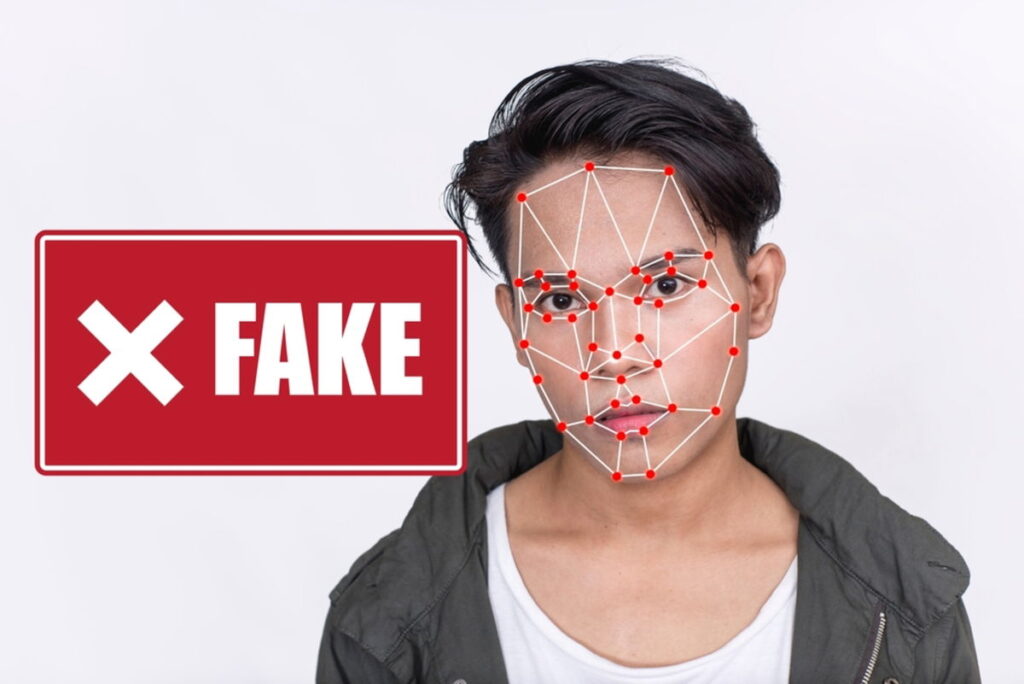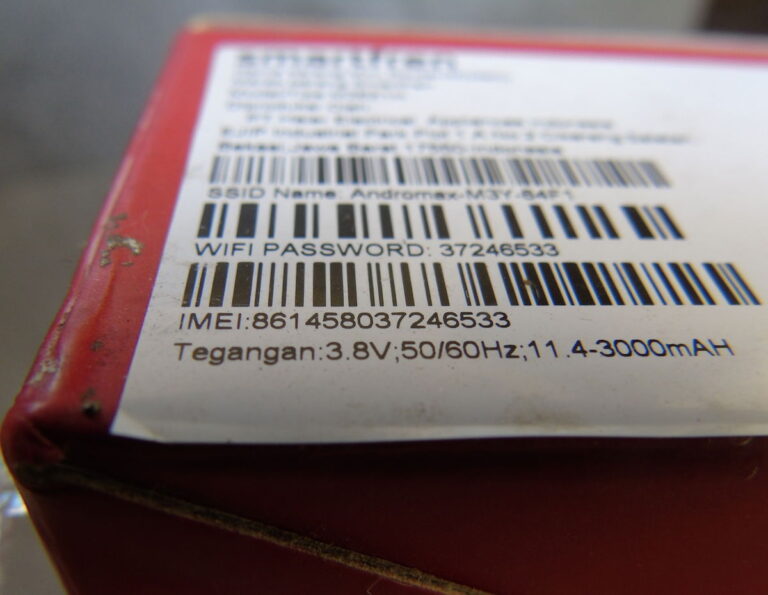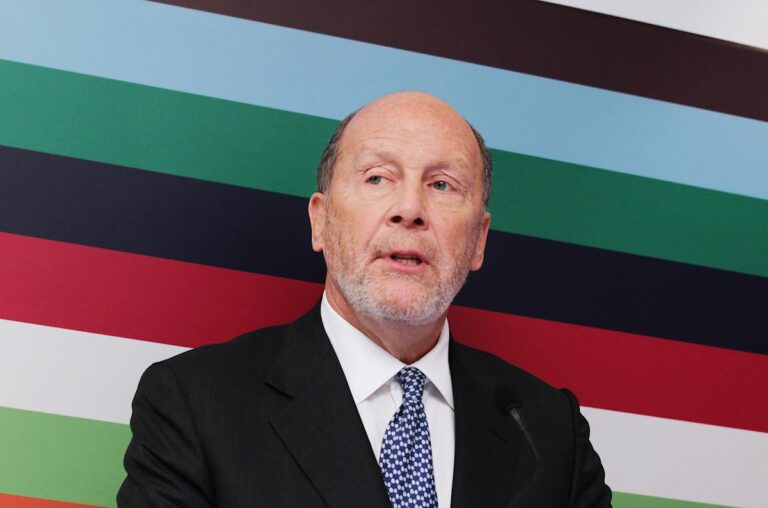
Detecting a deepfake. Credit: MDV Edwards, Shutterstock
Dutch forensic experts have unveiled a cutting-edge method to detect deepfake videos by tracking subtle changes in facial colour caused by a person’s heartbeat.
The breakthrough was announced this week by Zeno Geradts of the Netherlands Forensic Institute (NFI) who will be presenting at the European Academy of Forensic Science (EAFS) conference in Dublin, running from May 26 to May 30, 2025.
The technique, dubbed ‘blood flow detection’, identifies the expansion and contraction of tiny facial veins that pulse in sync with a person’s heartbeat – something AI can’t (currently) convincingly replicate.
Humans have facial heartbeats
Geradts, a digital forensic expert at NFI and professor of Forensic Data Science at the University of Amsterdam, explained that the method involves using high-resolution video to detect tiny shifts in skin colour around the eyes, jaw, and forehead – areas where blood vessels lie close to the skin.
“Artificial intelligence can do a lot, but it still cannot generate a convincing pulse,” he told De Telegraaf.
These subtle changes are visible with improved image compression technology and are absent in deepfakes, making them a key marker in verifying video authenticity.
Over a decade in development of deepfake detector
The idea first emerged in 2012 when Geradts encountered an MIT study showing how facial veins could be used to track heart rate. At the time, poor video quality made it unusable in real cases.
“Large video files are reduced in size, and during that compression, the color differences per heartbeat were lost,” Geradts said in a press release cited by NL Times.
But advances in technology have now made the method viable. Scientific associate Paula Pronk launched the research, which was later expanded by intern Sanne de Wit, a TU Eindhoven computer science graduate currently studying forensic science. De Wit trained the model using video recordings of people wearing smartwatches and heart monitors, comparing 79 facial points under various lighting and motion conditions.
The results showed a consistent correlation between heartbeat data and facial colour changes, and importantly, the method works across all skin tones, even in low-light settings.
Spain’s crackdown on deepfakes highlights growing demand
As the technology behind deepfakes becomes more advanced, countries across Europe are taking action. In March, it was reported that Spain is cracking down on deepfakes with new legislative and regulatory efforts aimed at tackling deepfakes and AI which can cause harmful effects on individuals and society.
These efforts come in response to growing concerns about how AI-generated videos are being used in political disinformation campaigns, deepfake pornography, and even financial scams. With demand for deepfake detection on the rise, forensic tools like the NFI’s blood flow technique could soon become essential not just for investigators, but also for regulatory bodies, media outlets, and tech platforms.
The new method is still undergoing validation and is not yet admissible as courtroom evidence. However, it’s already being used as a supporting tool in forensic investigations.
“Sometimes I worry that soon everything will be seen as fake. What, then, is still real?” Geradts said.
The Netherlands Forensic Institute isn’t relying on just one method. Other techniques in their toolkit include:
- Electric Network Frequency (ENF): Matches video flicker patterns to the electrical grid to date footage.
- Photo Response Non-Uniformity (PRNU): Identifies a camera’s unique sensor pattern.
- Traditional analysis: Includes detecting irregular blinking, speech patterns, or poorly blended “face swap” edges.
“We need to combine different approaches,” Geradts explained. “The more signals we can detect, the better we can assess a video’s authenticity.”
Teaching deepfake detection in real-time
Geradts is also running hands-on deepfake detection workshops at the Dublin conference. Attendees are asked to judge videos as real or fake and are even taught to create deepfakes themselves to understand the challenges investigators face.
“I could give a new workshop every month,” he said. “The developments are going so fast. But I haven’t yet seen a deepfake where the facial heartbeat is visible.”
While this breakthrough may not be a permanent solution, it’s another vital step in the race to keep up with fast-evolving AI technologies.
What do you think? Should heartbeat detection be integrated into video verification tools on social media? Or does it feel like everything has gone too far already?
View all news from the Netherlands.







